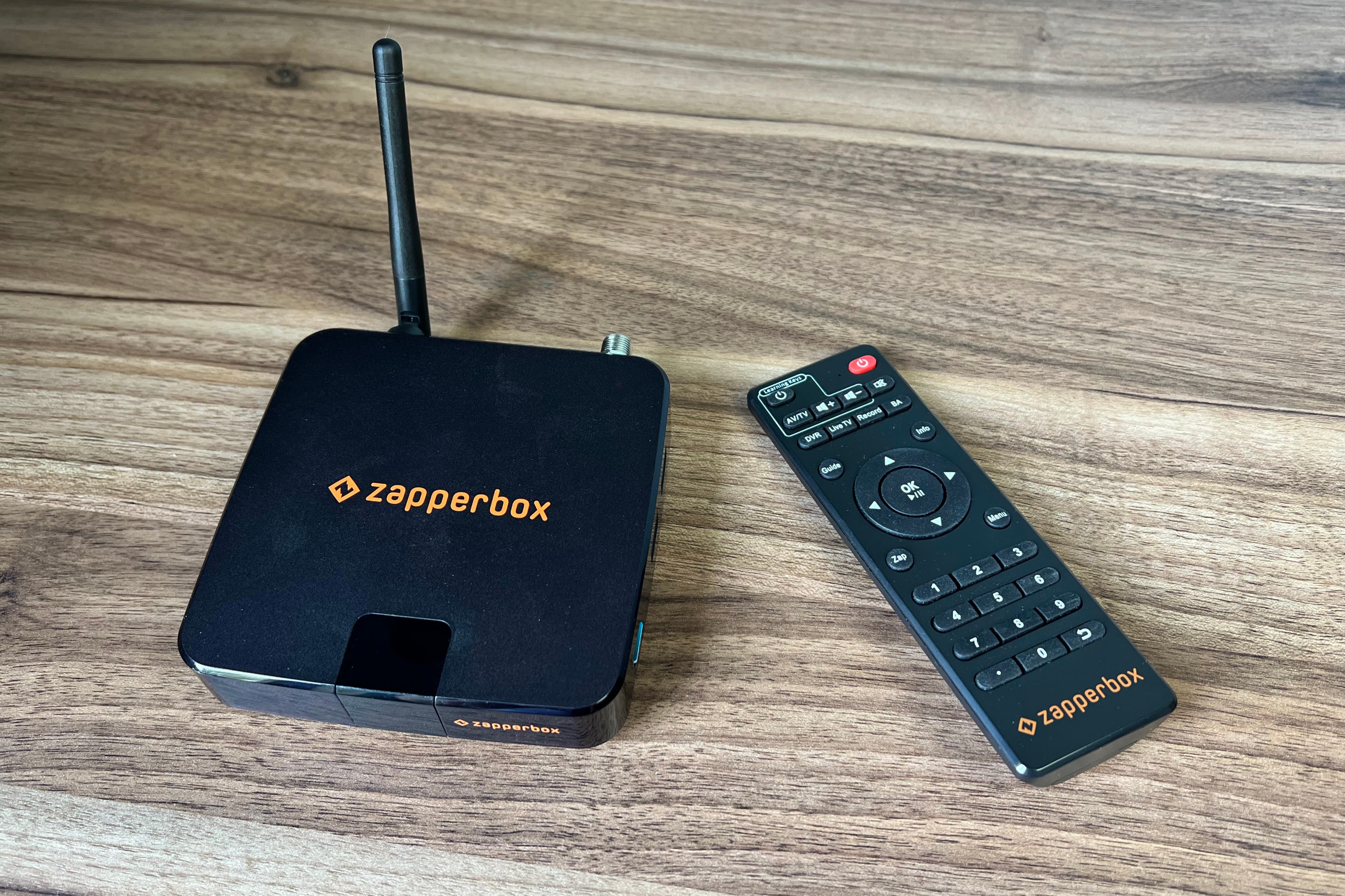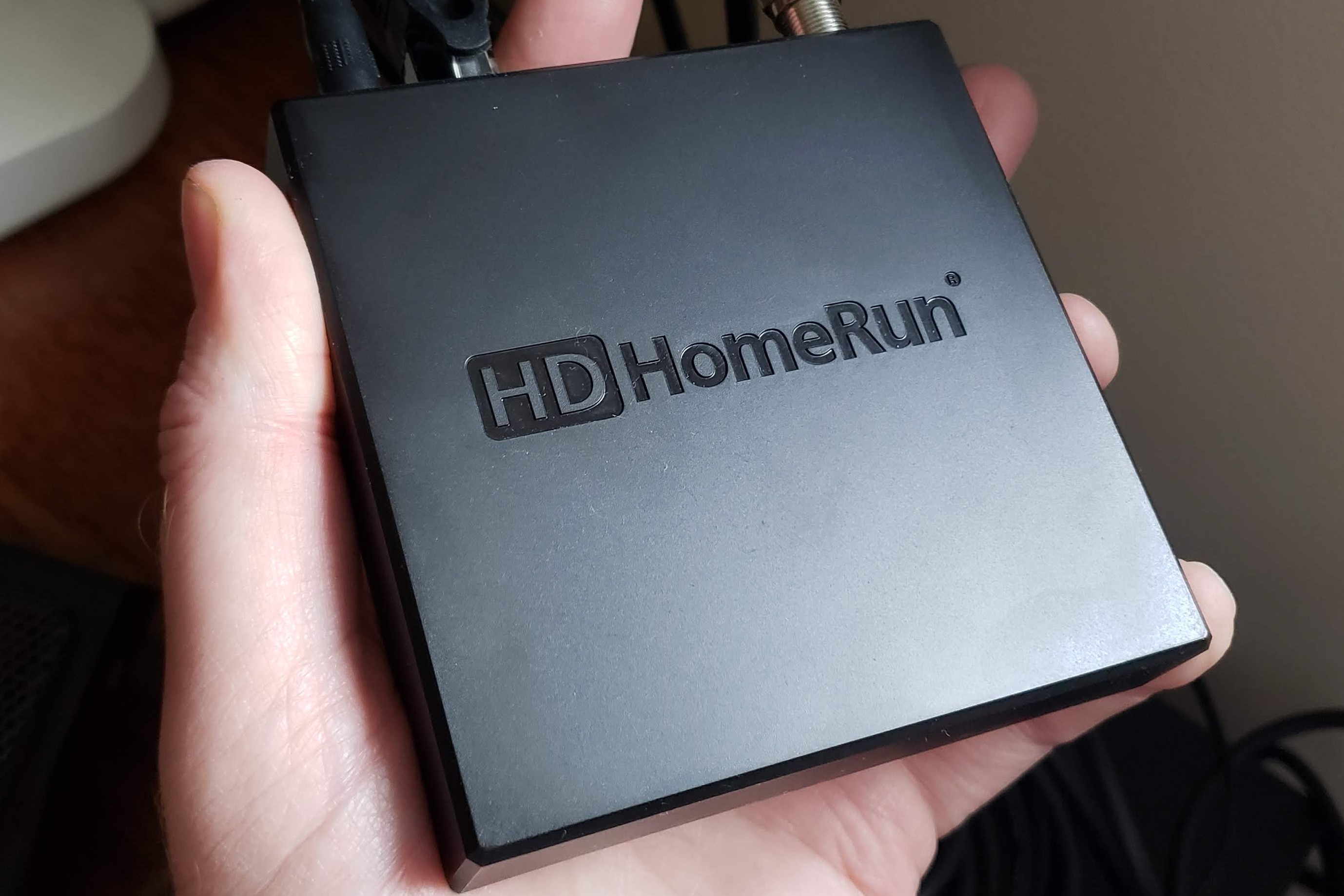Broadcasters want you to know they’re not out to kill over-the-air DVR.
The industry group A3SA, which is in charge of digital rights management (DRM) for ATSC 3.0, released a specification this week for recording encrypted ATSC 3.0 channels from an antenna. This is supposed to give over-the-air DVR makers a clear path for supporting NextGen TV broadcasts, whose key features include HDR video, Dolby dialog boosting, and additional content. A3SA says the specification provides “a blueprint for a variety of new ATSC 3.0 recording devices” to come.
It may also be an attempt to fend off criticism of ATSC 3.0, whose embrace of DRM last year has made it toxic in some cord-cutting circles. But while clear accommodations for DVR are helpful, they still leave plenty of questions and concerns unaddressed.
ATSC 3.0 DVR: The story so far
ATSC 3.0 is the newest standard for over-the-air TV, and it’s been gradually rolling out over the past four years with plans to reach 75 percent of U.S. markets in 2024. While ATSC 3.0 support is now built into some TVs, it’s not compatible with the ATSC 1.0 tuners in many existing televisions, so broadcasters are now simulcasting their channels in both standards. That will continue for at least another three years, and possibly longer.
In the meantime, cord-cutters who want ATSC 3.0 without a new TV can buy external ATSC 3.0 tuner boxes, two of which also support recording local channels from an antenna. But because ATSC 3.0 also allows broadcasters to encrypt their channels, these DVRs’ recording capabilities are limited:
- The Zapperbox M1 can play all ATSC 3.0 channels, but can only record unencrypted ones.
- The SiliconDust HDHomeRun Flex 4K can play and record unencrypted channels, but doesn’t support encrypted ATSC 3.0 playback at all.
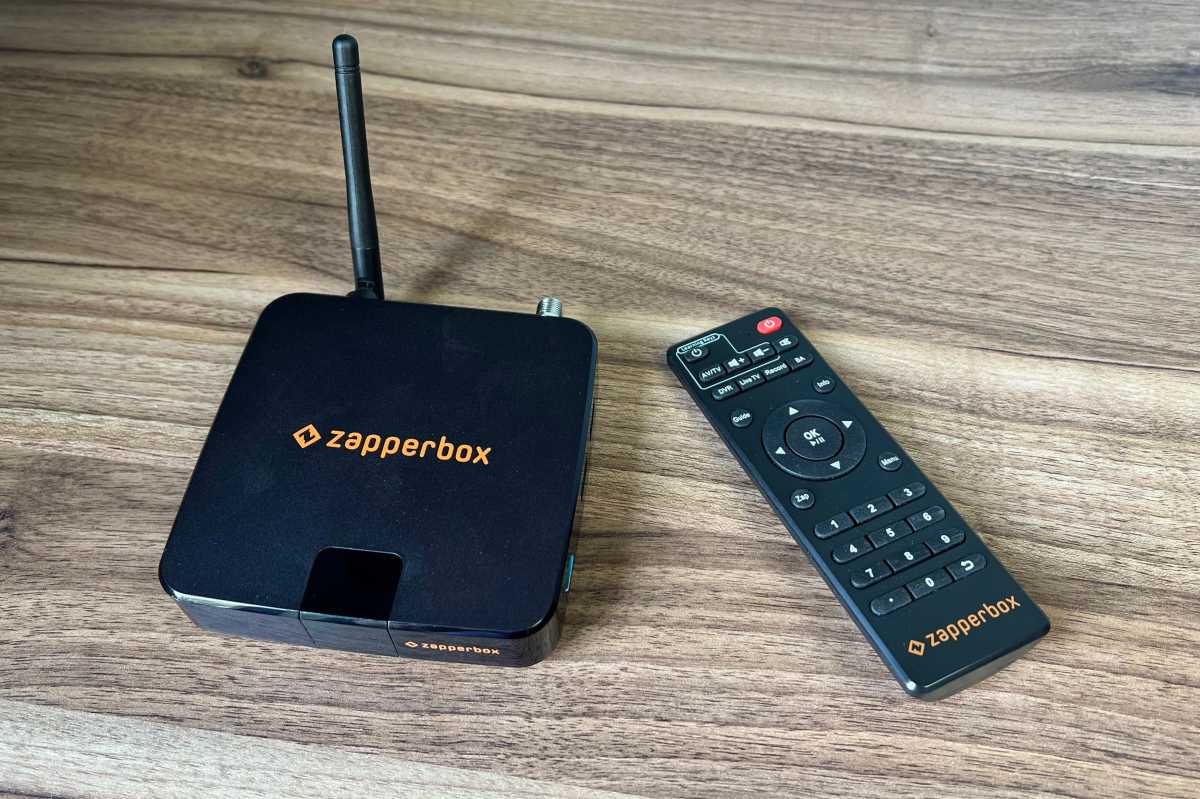
The Zapperbox M1 can play encrypted ATSC 3.0 channels, but it can’t record them yet.
Jared Newman / Foundry
Based on data from the RabbitEars website, nearly 24 percent of all ATSC 3.0 stations in the United States are now encrypted, up from 16 percent last July. Broadcasters started making a big encryption push for ATSC 3.0 last year, and both SiliconDust and Zapperbox have been scrambling to build out DRM support ever since.
Gopal Miglani, Zapperbox’s founder and president, told me he hopes to support DVR for encrypted ATSC 3.0 channels in mid-March. Another update tentatively scheduled for June could allow owners of multiple Zapperbox’s to access all their recordings across both devices. In an email, he praised the A3SA for formalizing how device makers should handle secure content.
“Now we have a clear roadmap and test suites to implement home gateway functionality,” he said.
The roadmap for HDHomeRun Flex 4K owners is cloudier. The HDHomeRun is a networked tuner that handles recordings through an external server device, such as a desktop PC or NAS box. Users can then stream the video through the HDHomeRun app on Roku, Android TV, Fire TV, LG TVs, Xbox consoles, Mac, Windows, iOS, and Android.
While all of this works as intended with unencrypted channels, SiliconDust CEO Nick Kelsey has described numerous obstacles to encrypted ATSC 3.0 playback in the company’s forums:
- Apple TVs and Xbox console don’t support the Google Widevine DRM that ATSC 3.0 requires, and Kelsey doesn’t expect this to change anytime soon.
- Roku devices and LG TVs don’t meet A3SA requirements for undisclosed reasons, and Kelsey doesn’t expect this to change anytime soon.
- There is “activity happening” on Android TV and Fire TV support, but no timeline for launch.
HDHomeRun can still record unencrypted ATSC 3.0 and ATSC 1.0 broadcasts, but the latter top out at 720p or 1080i (versus 1080p and potentially 4K), and it doesn’t support ATSC 3.0 features such as HDR video and Dolby dialog boosting.
ATSC 3.0 DVR limitations
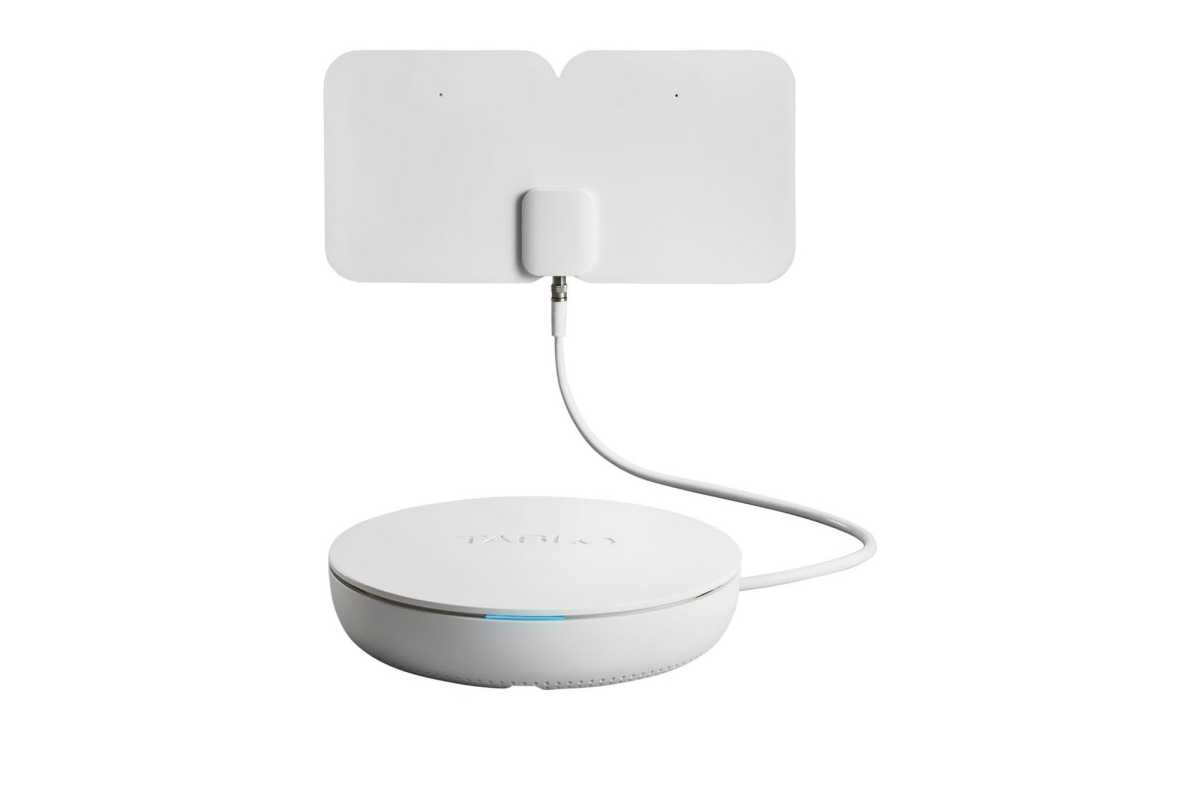
The fourth-generation Tablo only works with ATSC 1.0 broadcasts.
Nuvyyo USA
The concerns around ATSC 3.0 DRM don’t just apply to one product from a single vendor. As I’ve previously reported, the standard currently has several other restrictions that can hinder over-the-air DVR and have kept would-be products off the market.
Most notably, it allows broadcasters to block or set time limits on recordings for ATSC 3.0-exclusive channels. A3SA has tried to downplay this, pointing to rules that prohibit broadcasters from limiting recordings for any channel simulcast in ATSC 1.0, but that still opens the door to further restrictions after broadcasters sunset the old standard.
The new standard also doesn’t yet support out-of-home viewing, offers no way to export recordings from the device that made them, and requires an internet connection for multi-room DVR setups. It also requires independent certification for third-party apps, potentially hindering solutions such as Channels DVR and Plex that tap into HDHomeRun tuners. All that’s on top of SiliconDust’s claims about not being able to stream ATSC 3.0 content from an HDHomeRun tuner to Roku devices, Apple TV boxes, or LG TVs.
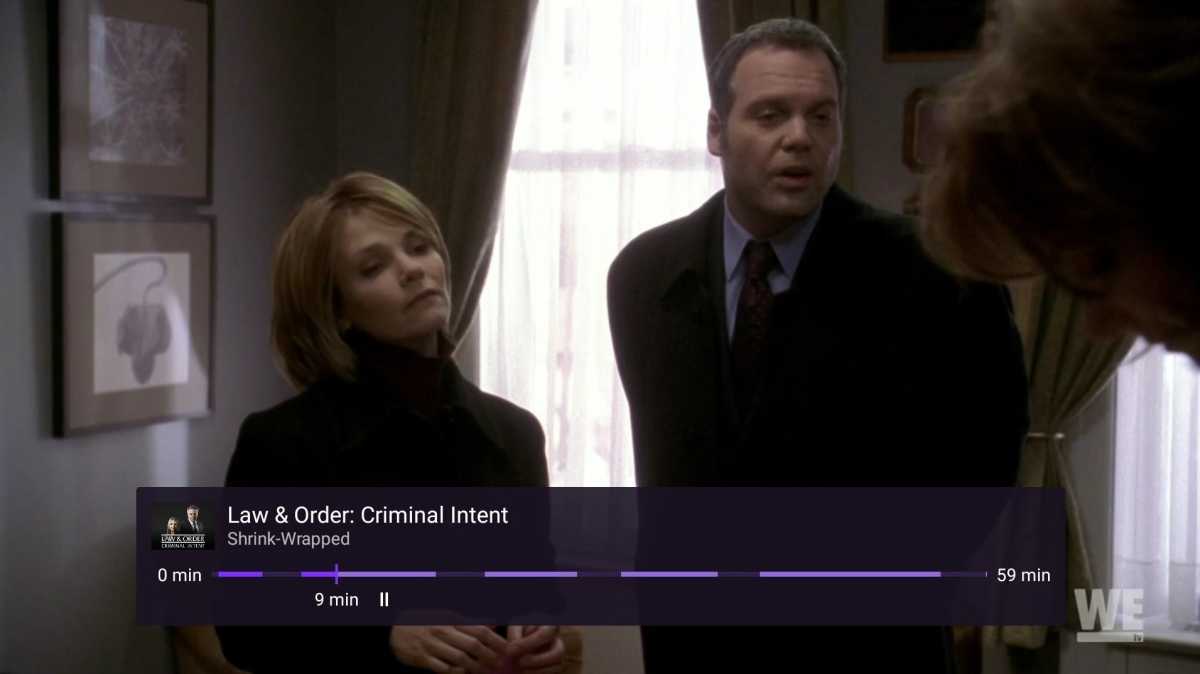
ATSC 3.0 creates new obstacles for third-party DVR software, such as Channels DVR.
Jared Newman / Foundry
Whether ATSC 3.0 will eventually solve these problems depends on who you ask.
Dave Arland, a spokesman for A3SA, said out-of-home viewing is on the group’s roadmap along with a way to transfer recordings to another device. Multi-room DVR will continue to require broadband access, though he questions how many DVR users are operating offline.
As for device support, Arland said conversations are “underway between Apple and A3SA.” While A3SA’s press release claims that playback will be possible on popular streaming platforms such as Roku, Fire TV, Samsung’s Tizen, and LG’s WebOS, Arland did not directly address why Nick Kelsey of SiliconDust is claiming otherwise.
“With all due respect to Nick, while he has an opinion and is a licensee as well as a valued member of our Technical Contributors Working Group, he is not privy to all conversations,” Arland said. (Kelsey did not respond to numerous requests for comment.)
Laura Slater, a spokeswoman the Tablo DVR maker Nuvyyo, acknowledged that the spec provides a clearer path forward for a Tablo with ATSC 3.0 support, as the current fourth-gen Tablo only supports ATSC 1.0 broadcasts. But she pointed to the unrelated matter of AC4 audio support, which is still limited on many streaming platforms. Because Tablo’s platform cannot transcode audio to other formats, a theoretical Tablo ATSC 3.0 model would require AC4 support on all streaming devices.
“Until more streaming and mobile devices offer support for that codec, DVR manufacturers will not be able to provide the whole-home viewing experience consumers enjoy for ATSC 1.0 broadcasts today,” Slater said.
Jon Maddox, the co-founder of Channels DVR, says the company is still in “wait and see” mode. He fears a lengthy and expensive certification process for DVR software, reminiscent of the pain the company went through when trying to get decryption approval for HDHomeRun’s CableCARD models.
“These new updates don’t really spark much hope in us in terms of keeping broadcast TV accessible to American consumers,” Maddox said via email. “We’re as pessimistic about it as we were last week.”
Why it matters
While over-the-air DVR is a niche interest, it’s an important escape valve for cord-cutters fed up with the increasing aggravations of streaming. For those with solid antenna reception, it allows for a substantial on-demand video catalog along with the ability to skip through commercials, all for a fraction of what major networks charge for their streaming services.
Broadcasters want to show that they’re willing to accommodate these users, especially after the outcry that followed last year’s encryption push. YouTube creators Lon Seidman and Tyler “Antenna Man” Kleinle have been especially vocal about the perils of DRM in over-the-air TV, and they’ve encouraged viewers to take their complaints to the FCC, which ultimately will decide when to sunset the old ATSC 1.0 standard.
Of course, none of this would be an issue if ATSC 3.0 didn’t bother with encryption in the first place, and one might argue that content delivered over the public airwaves shouldn’t come with any restrictions on what you can do with it.
Zapperbox’s Gopal Miglani takes a different view, noting that streaming services already use DRM themselves, and that broadcasters want a level playing field for protecting their content as they support features such as 4K resolution, HDR, and Dolby Atmos. He points out that no major content distribution technology has launched in the internet age without some form of DRM, and that the concept of encrypting over-the-air broadcasts will not go away.
“No one likes change,” he said, “but it is inevitable.”
Sign up for Jared’s Cord Cutter Weekly newsletter to get columns like this one every Friday.
This story has been updated to clarify the nature of Tablo’s AC4 requirements for a theoretical ATSC 3.0 product.


